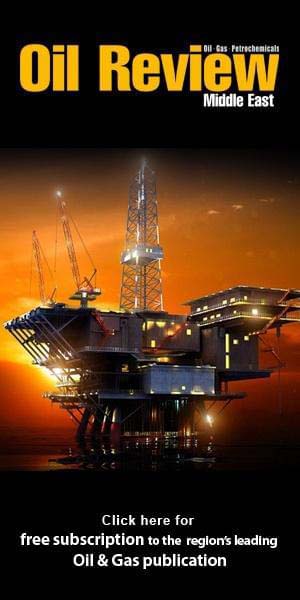Dubai Maritime Authority (DMA), part of the Ports, Customs and Free Zone Corporation, has announced the activation of its final marine traffic management plan for New Year’s Eve 2026, aimed at enhancing maritime safety and ensuring smooth navigation during peak celebrations.
The plan will be in force from 22:00 on 31 December 2025 until 02:00 on 1 January 2026, and will cover high-density maritime areas including Dubai Marina, Dubai Harbour and Palm Jumeirah. Measures include the introduction of a one-way navigation system before and after midnight, a temporary suspension of navigation during the transition period, and the closure of marine traffic beneath the Palm Jumeirah bridges throughout the operational window.
Under the plan, vessels will be classified by size, with designated routes and mandatory time windows assigned to each category to reduce congestion and minimise the risk of collisions.
Sheikh Dr Saeed bin Ahmed bin Khalifa Al Maktoum, Executive Director of Dubai Maritime Authority, said the measures reflect the Authority’s commitment to maintaining the highest maritime safety standards and ensuring navigational efficiency, in line with Dubai’s status as a global destination for major events.
He added that patrol and monitoring teams will operate continuously in coordination with relevant entities, with immediate legal action taken against violators. The plan also includes strict controls on anchoring and drifting, regulation of mooring areas, and full compliance with international regulations for the prevention of collisions at sea.
DMA emphasised that all vessel owners, maritime agents, marinas, yacht clubs and recreational boat operators must fully comply with the approved instructions to ensure a safe and organised maritime environment during the celebrations.
The Authority also advised marine users to closely monitor weather conditions, noting the potential for unstable conditions during New Year’s Eve.
In preparation for the festivities, DMA held a coordination workshop with strategic partners and marina operators to review operational readiness. Discussions covered vessel movement schedules, patrol arrangements, anchoring rules, emergency procedures and compliance mechanisms, ensuring integrated action and the smooth flow of marine traffic during the New Year 2026 celebrations.











